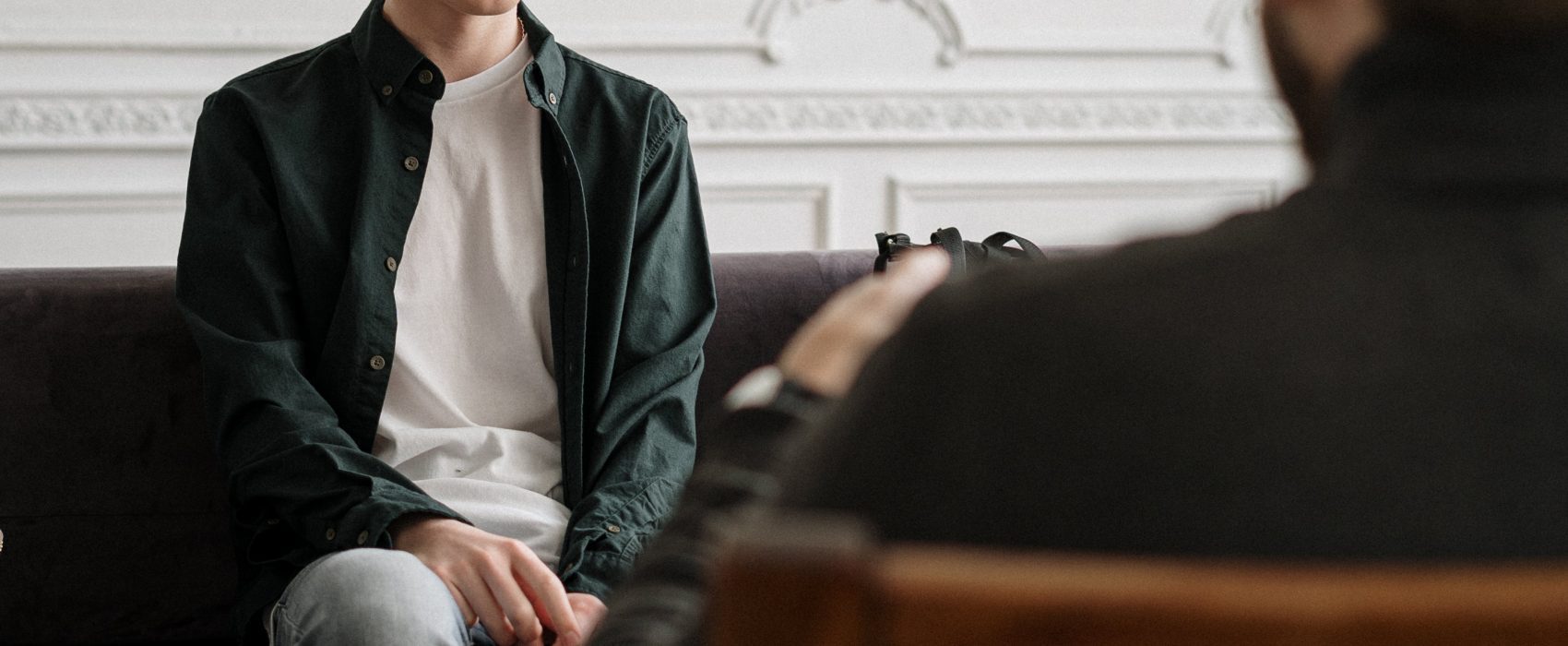The origins of the Malay Language
In Malaysia, the national language is referred to as Bahasa Malaysia or Bahasa Melayu. The official name of the language was renamed to the latter in 1986 to create a sense of belonging for Malays of all ethnicities but the name was changed back to Bahasa Malaysia in 2007. In Malaysia, there is no difference between these two names for the same language. In Indonesia, Bahasa Indonesia is referring to a standardized register of Malay which is the official language in Indonesia.
Also in Indonesia Bahasa Malay is referring to the standardized register of Malaysia which is the official language of Malaysia. However, in Indonesia Bahasa Melayu refers to the indigenous languages spoken by ethnic Malays in Indonesia. In terms of its structure and grammar Malay does not pose a challenge when translating to or from English. Bahasa Malay uses many prefixes and suffixes. In Malay basic words can form a different meaning by adding additional affixes and many find it quite easy to master its grammar and syntax. Bahasa Malay is not a tonal language so for westerners hearing it for the first time its quite straightforward as they can distinguish between words quite easily as words by large are pronounced exactly the way it’s written and spelled, unlike many languages. The Malay alphabet is referred to as ‘Rumi’ and was introduced around the 16h century CE. It consists of 26 Latin-based letters and is the national writing system in Malaysia.
The old traditional script for Malay is known as ‘Jawi’ and used to be the standard script for Malay until it was replaced by the modern Malay alphabet referred to as Rumi. (Roman script which is the Latin way of writing). Jawi is a variant of Arabic script which is still one of two recognized writing systems in Brunei. The word Jawi comes from the Arabic word ‘Jawah’ which originated from the ancient name for Java called Javadwipa, a collective Arabic term to describe the maritime Southeast Asia region. Jawi is popular in more conservative geographic areas such as Kelantan, part of Brunei, Indonesia and Pattani (Thailand’s deep south) where it’s often used in Islamic textbooks and taught in primary schools, mosque schools as well as some Government use such as road and building signs or administrative systems which is why there is also a support for Jawi in software using the Jawi keyboard layout is based on existing Arabic keyboard layout and standardized by SIRIM (Standard Malaysia) and its Technical Committee in Multi-Lingual Computing a and is still supported by Microsoft Windows.
Jawi consists of 40 characters and writes right to left just like Arabic but its characters are more isolated and its glyphs are more centered. The Patani Malay (PM) is spoken by more than 1 million people in Thailand’s most southern provinces on the Thai Malay border.
Bahasa Malaysia has many loan words from Sanskrit, Latin, Tamil/Telugu and Dutch and Portuguese which was introduced during Malacca development as an international trading port which allowed the language to evolve.
The language continued to be influenced by Arabic through the Holy Quran for religious terms. The language also has been influenced by Chinese dialects due to Chinese settlement and migration patterns.
Malay translators who are perfectly bilingual English and Malay can also attest that many Malay words, especially for scientific translation and technical translation services , are borrowed from English and both Bahasa Malay and Bahasa Indonesian have many similarities in common between all three languages.
Malay originally comes from the Austronesian family of languages and old ‘Classic Malay’ origins from a diverse array of dialects which can be traced back to different Malay kingdoms.
The evolution of Malay can be divided into 3 stages, namely: Old Malay > Classical Malay > Modern Bahasa Malay. The official language today is referred to as Modern Bahasa Malay. Bahasa means ‘language’ and ‘Melayu’ means ‘Malay’.
Today Malay is not only spoken in Malaysia but also in Brunei, South Thailand, Singapore, Indonesia and the Philippines.
VEQTA can provide you with a perfect Malay translator for your Malay translation, English to Malay translation and Malay to english translation for the your targeted locale. Our translations to Malay are created with your target audience in mind to meet your expectations.
If you need to translate Malay – Get in touch today!
A dedicated team of Malay translators who combines Experience, Specialized Subject Matter Expertise with best Translation Practices to deliver quality second to none.
Malay Translation
Malay Documentation, scanned PDFs
Malay Language Review
Malay Desktop Publishing
Malay Interpretation Services
Malay Marketing Material
Malay Proofreading
Malay Magazines, Brochures
Malay Linguistic Testing
Malay User manuals, I.T, Bahasa Language Code
Malay Quality Assurance
Malay Websites
Malay Voice over & Dubbing
Malay eLearning courses
Malay Market Research
Malay Product Localization
Malay subject-matter experts
Malay Software Application Localization
Malay Subtitling
Malay Cloud-based software
Malay Copywriting
Malay Mobile App Localization
Malay SAAS Translation
Malay video content
Malay Functional Testing
Malay Subtitles
Malay Subject Matter Expertise
Malay Training Courses
Malay Transcription
Malay Multimedia & Animation/Flash
Malay Automated Machine Translation (AT/MT)
Malay Technical Documentations


